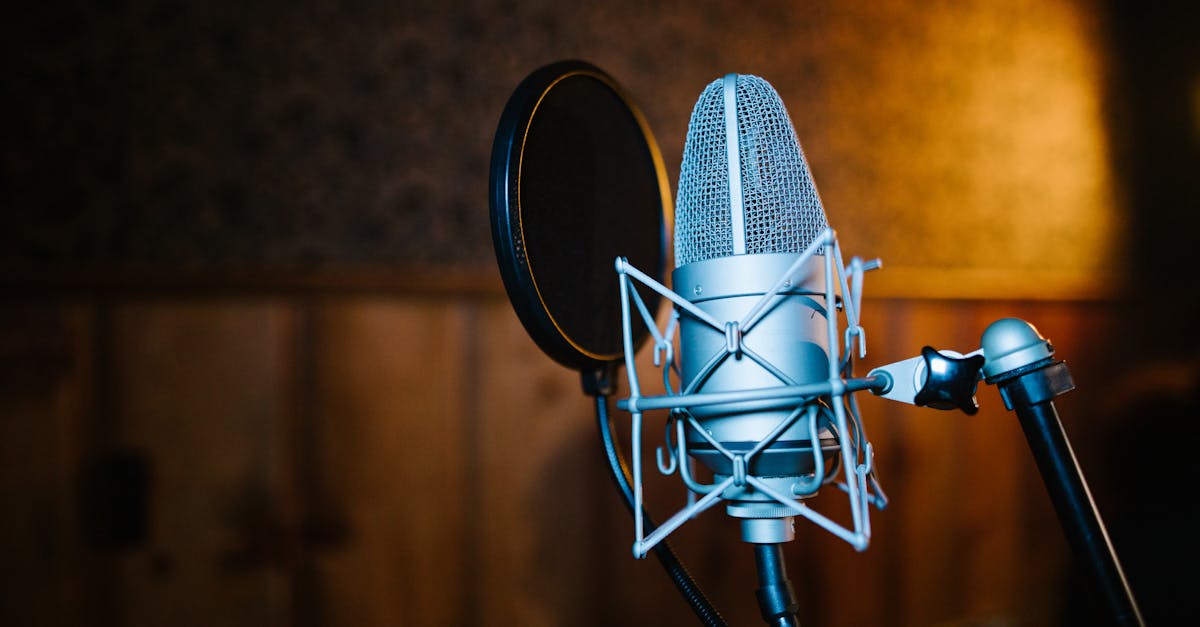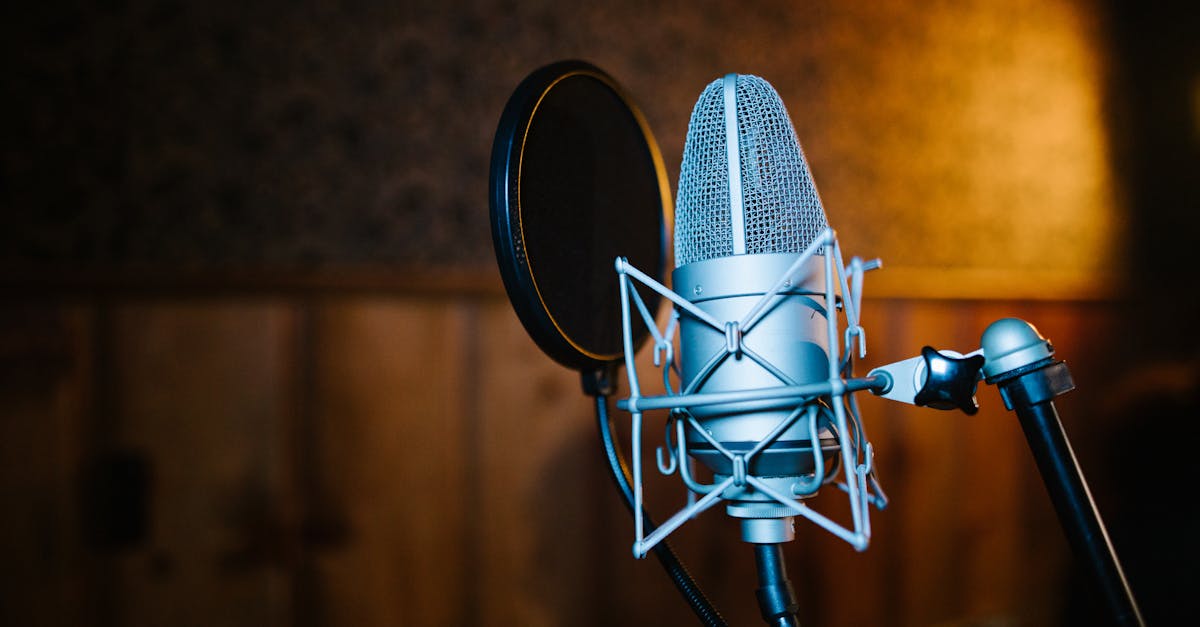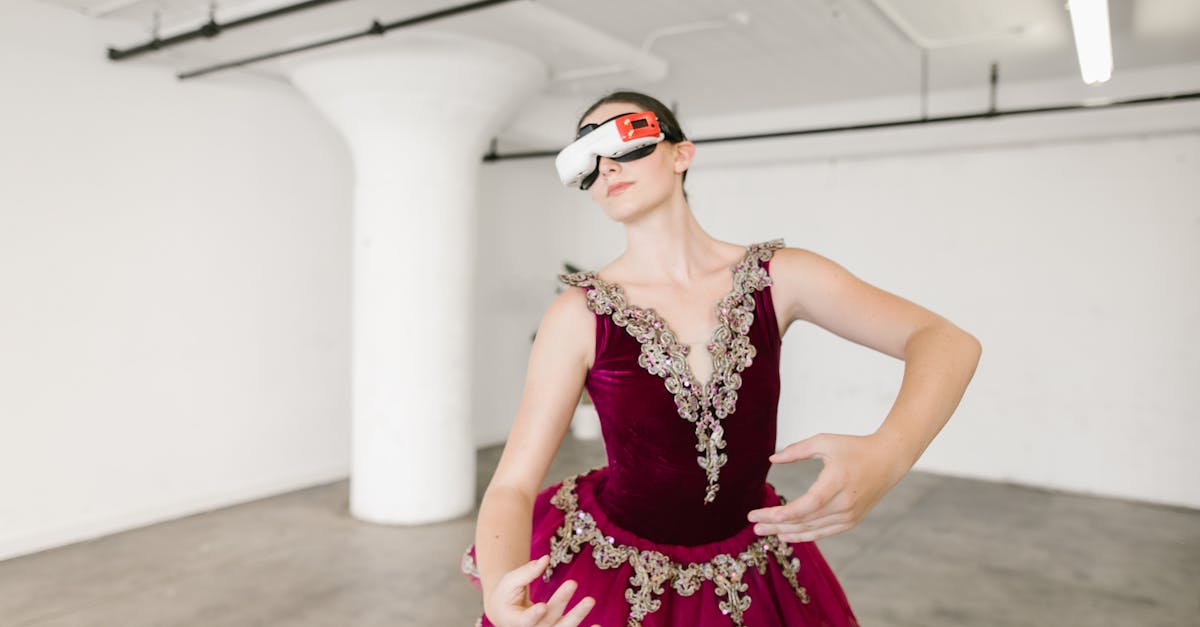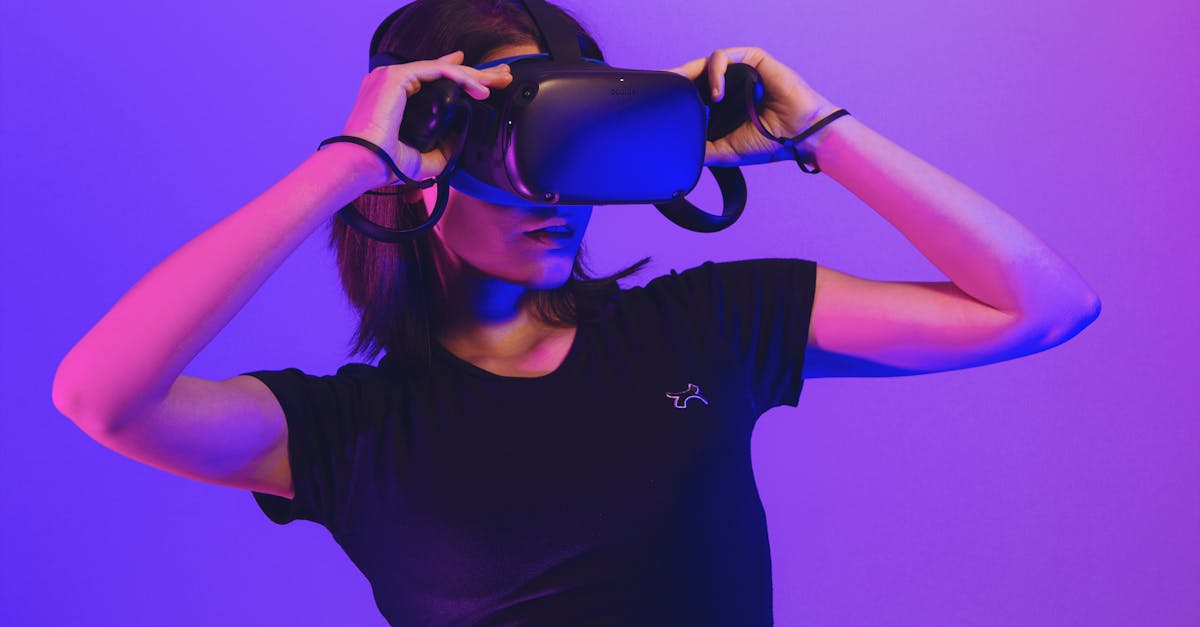2025 Symphonic Audio Enlightenment
Introduction
The realm of symphonic music is witnessing a revolutionary transformation as technological advancements usher in a new era—2025 Symphonic Audio Enlightenment. Musicians and audiophiles alike are thrilled by the unprecedented clarity and immersion that modern technology brings to classical compositions. Today, advancements in sound engineering, augmented reality, and artificial intelligence redefine the symphonic experience. Unlike ever before, audiences are transported into a world where every note resonates with impeccable precision. The evolution of audio technology highlights a fusion of art and science, crafting an auditory spectacle that captivates the senses. As we delve deeper into this symphonic evolution, we uncover the latest innovations that promise to elevate the world of classical music.
Advertisement
Engineering Perfect Soundscapes
The heart of the 2025 symphonic renaissance lies in the engineering of perfect soundscapes. Cutting-edge techniques like spatial audio ensure that concertgoers receive an immersive experience akin to being inside the orchestra itself. Utilizing advanced algorithms, audio engineers now manipulate sound waves, dispersing them strategically across venues to achieve optimal acoustics. This precision enhances every performance, ensuring each instrument's timbre is distinct yet harmonious. Moreover, microphones have evolved to capture the subtlest nuances of sound, from the faintest rustle of a page to the resounding clash of cymbals. Such breakthroughs in sound engineering are pivotal in transforming traditional symphonies into a multi-dimensional auditory experience.
Advertisement
Augmented Reality in Symphony Halls
Imagine attending a concert where visuals synchronize seamlessly with sound, enhancing the emotional depth of music. Augmented Reality (AR) is making this a reality. Concert halls now incorporate AR to project real-time visuals that correspond with the symphony's movements, enveloping the audience in a dynamic blend of audio and imagery. This innovation allows the listeners to witness a dramatic crescendo through vibrant visualizations, creating a compelling narrative that engages the eyes and ears. Such interactive experiences redefine listening, transforming passive spectators into active participants in an auditory journey.
Advertisement
AI and the Symphonic Renaissance
Artificial Intelligence (AI) plays a pivotal role in the symphonic renaissance, offering unimaginable possibilities in composition and performance. AI-driven platforms can analyze classical compositions, generating harmonies and suggesting possible variations, influencing live performances. Additionally, AI assists musicians in refining their skills, providing precise feedback through real-time analysis. For composers, AI offers a creative partner that stimulates innovation, guiding them through uncharted musical territories. The collaboration between human intuition and artificial precision ensures that the symphonic genre thrives, ushering in new masterpieces that resonate with timeless elegance and modern brilliance.
Advertisement
Interactive Audience Engagement
In 2025, symphonic concerts are more interactive than ever, emphasizing audience engagement through personalized audio channels. Technologies enable listeners to customize their sound experience, choosing to focus on specific instruments or sections of the orchestra. Such interactivity extends beyond the concert hall through hybrid performances, where global audiences can immerse themselves virtually while interacting with live events. Audience participation can influence the tempo and mood of compositions, allowing co-creation in music experiences. This democratization of symphonic music serves to widen its appeal, rendering it relatable to younger, tech-savvy generations.
Advertisement
Preserving Acoustical Heritage
As technology propels the symphonic domain forward, efforts to preserve historical musical elements remain unwavering. Audio preservation technologies meticulously record live performances, ensuring that the art of symphony transcends generations. These recordings employ high-fidelity formats that capture the emotional intent and artistic nuances of original compositions. Dedicated initiatives to archive and digitize classical works safeguard them for future audiences, maintaining a delicate balance between innovation and tradition. As we evolve, this dedication to preserving acoustical heritage solidifies the symphony's prestigious status in cultural history.
Advertisement
The Impact on Music Education
Education in 2025 embraces these advancements, redefining how music is taught and appreciated. Adaptive learning platforms leverage AI and interactive technologies to offer students personalized curriculum pathways. Virtual reality immersions transport students into renowned symphonic performances, providing a firsthand understanding of live concerts. These tools offer unparalleled opportunities to dissect compositions, understand orchestration, and appreciate the intricate beauty of symphonic music. As students experience these technological benefits, they transform into well-rounded musicians, ready to contribute to symphonic innovation.
Advertisement
Challenges and Considerations
With considerable advancements come challenges that demand consideration. The reliance on technology raises questions about the authenticity of performances, prompting discussions about human artistry over mechanical precision. Additionally, the accessibility of these experiences is a prominent concern—to ensure equitable access, efforts must focus on making technology affordable and universally available. Balance is necessary to prevent technological overload from overshadowing musical artistry. Advocates of classical music stress the importance of maintaining the emotive core of symphonies, ensuring that technological enhancements do not detract from the genre's unique human essence.
Advertisement
Future of Symphonic Audio
As we move forward, the future of symphonic audio is vibrant and promising. Upcoming innovations like holographic performances aim to break the boundaries of stage premises, enabling global audiences to experience concerts in an unprecedented lifelike manner. The integration of biometric feedback may tailor music experiences based on physiological responses, ensuring personalized concerts. The sustained collaboration between technologists and musicians will shape a future where symphonic audio enriches cultural narratives and empowers diverse communities worldwide. This blend of artistic passion and technological prowess cements symphonic music’s relevance in our ever-evolving society.
Advertisement
Conclusion
2025 Symphonic Audio Enlightenment marries tradition with technology, molding a future ripe with potential for classical music. Through innovations in engineering, AI, and AR, the symphony finds renewed vigor, enticing audiences with captivating auditory experiences. The transformation extends to educational practices, ensuring the genre's endurance through technology-driven pedagogies. As we navigate challenges, the balance between human artistry and technological precision becomes crucial. The evolution we witness reflects our timeless desire to transcend the ordinary, transforming symphonic music into a portal of boundless creativity and emotional opulence.
Advertisement







